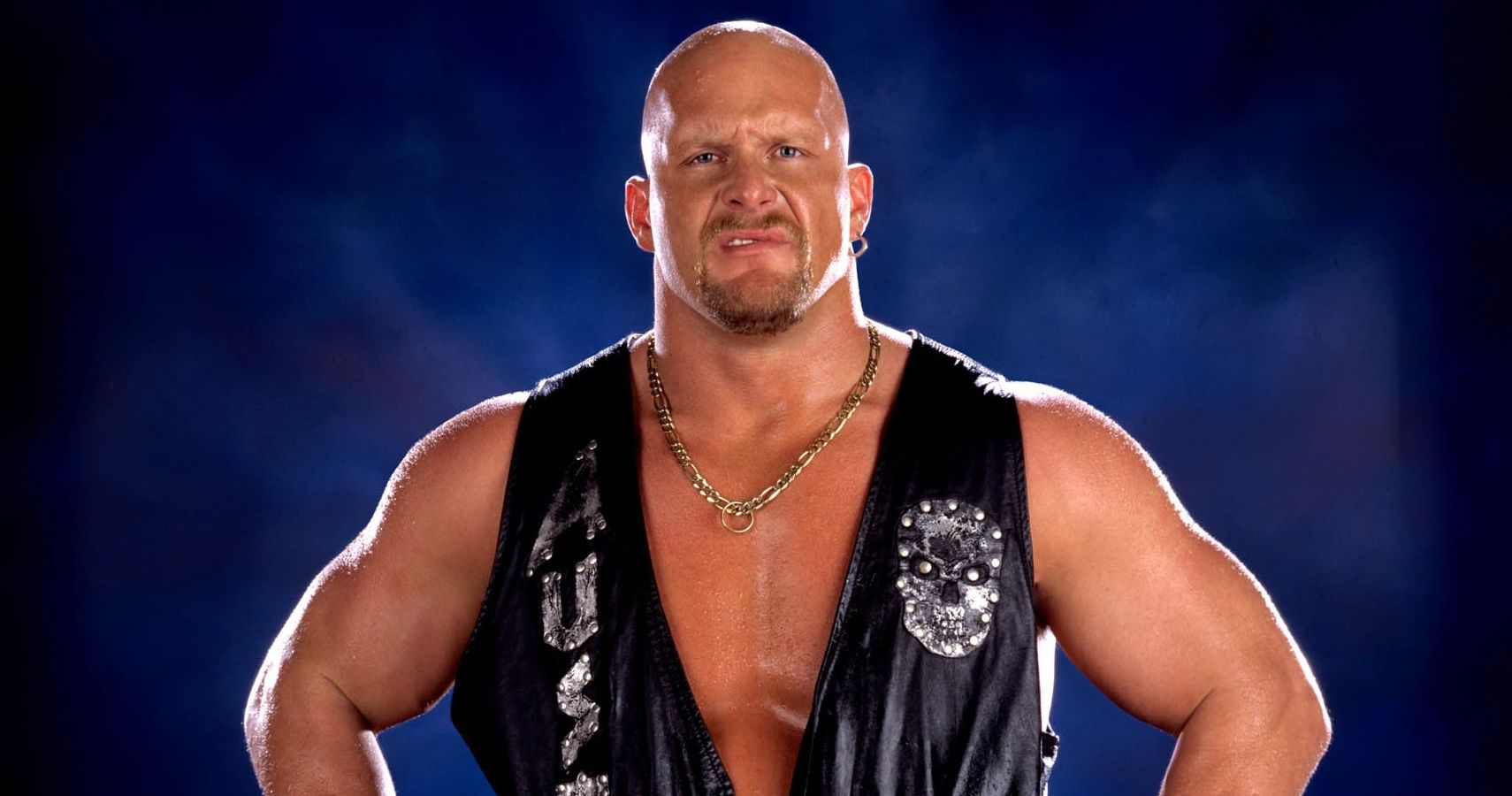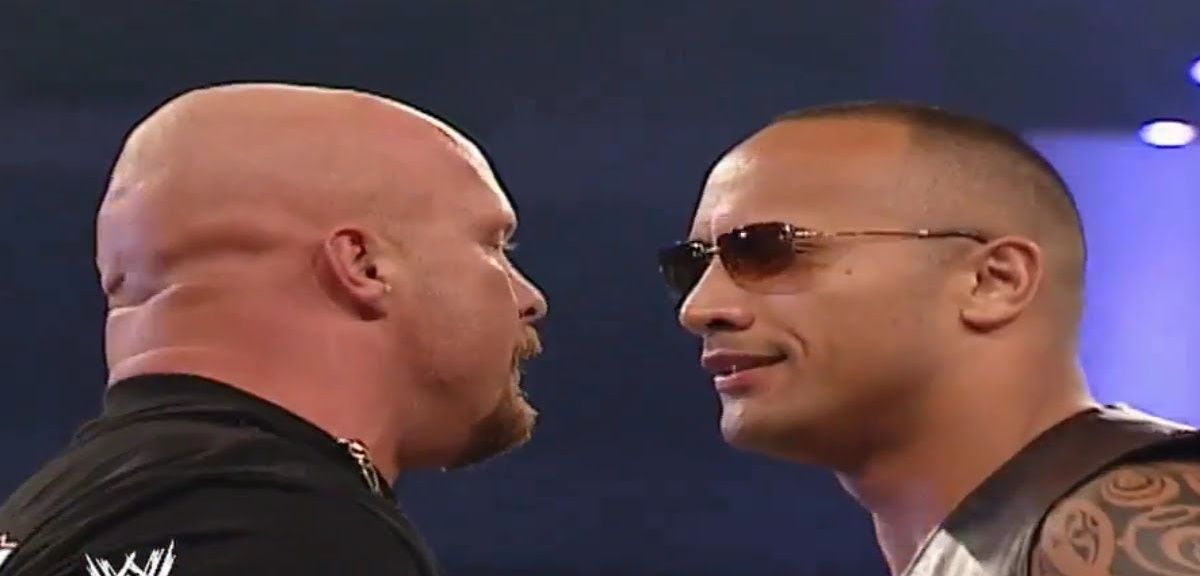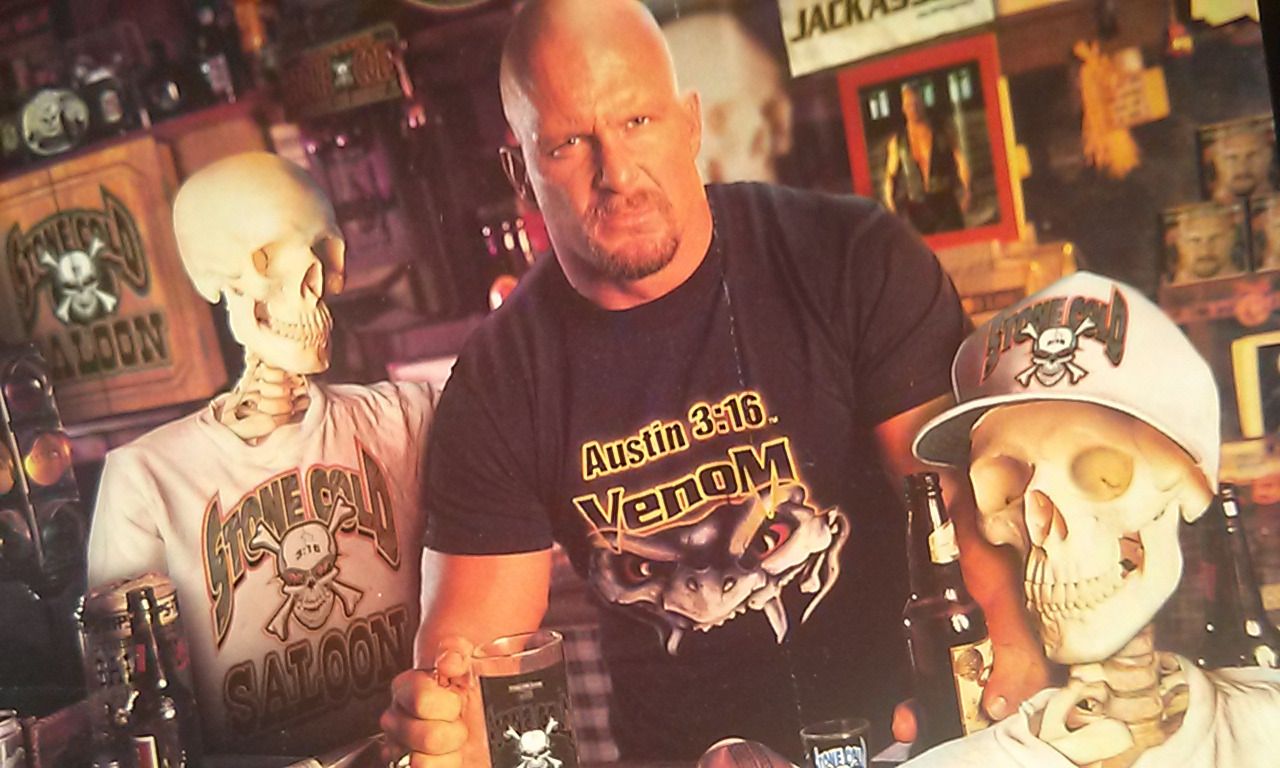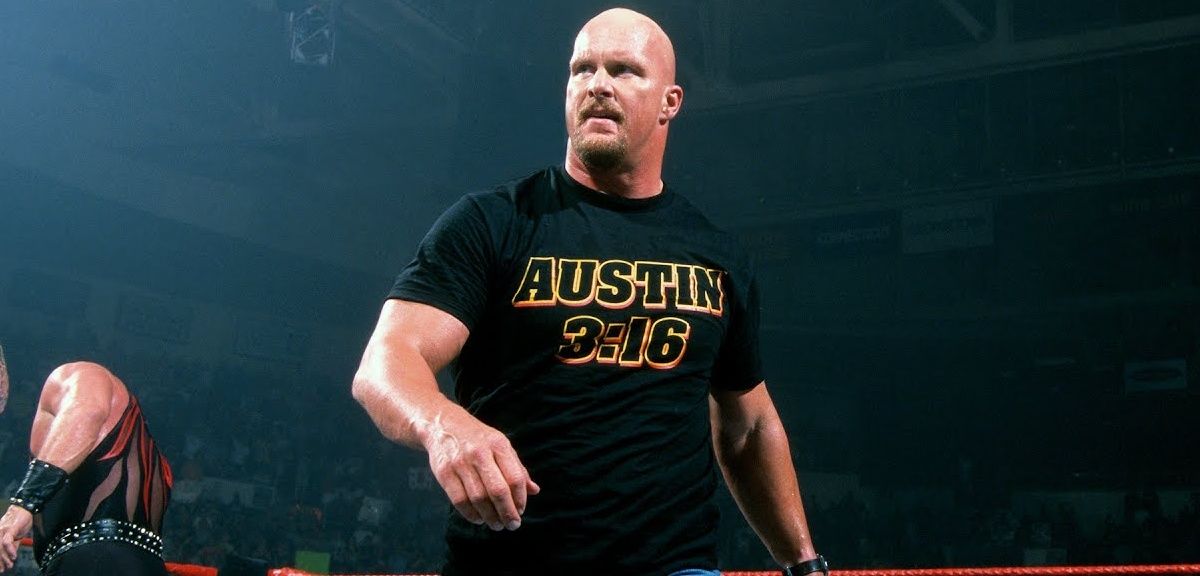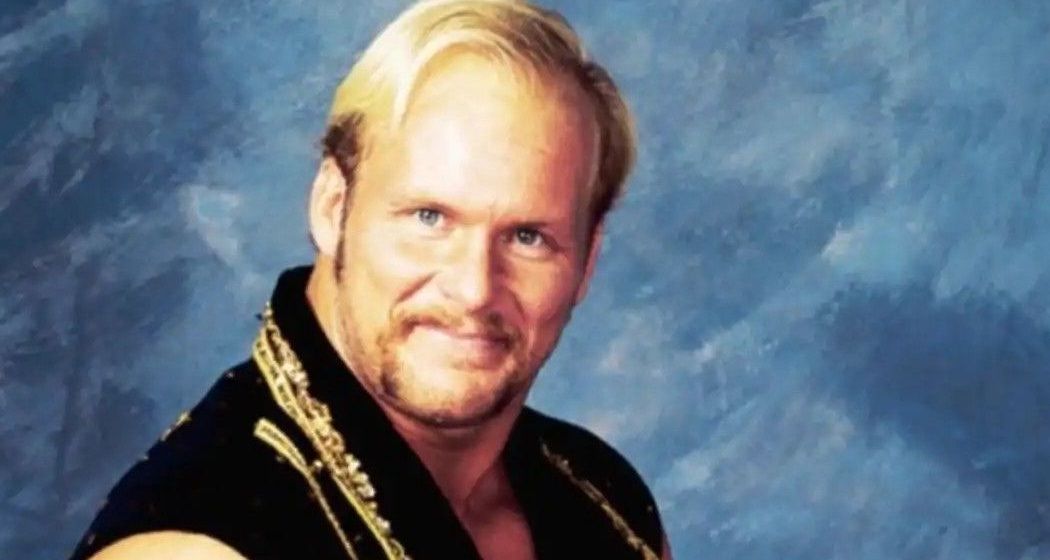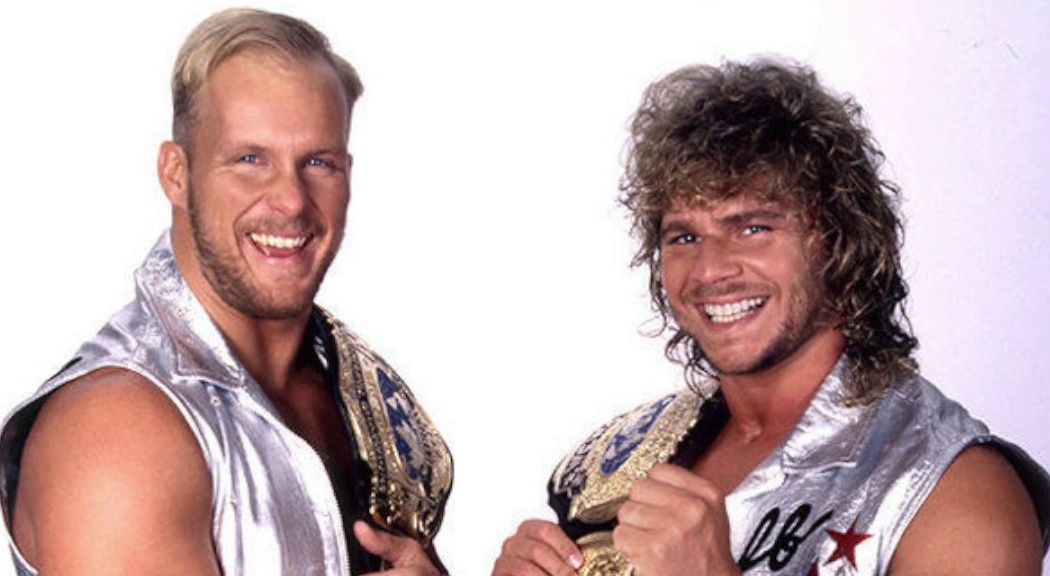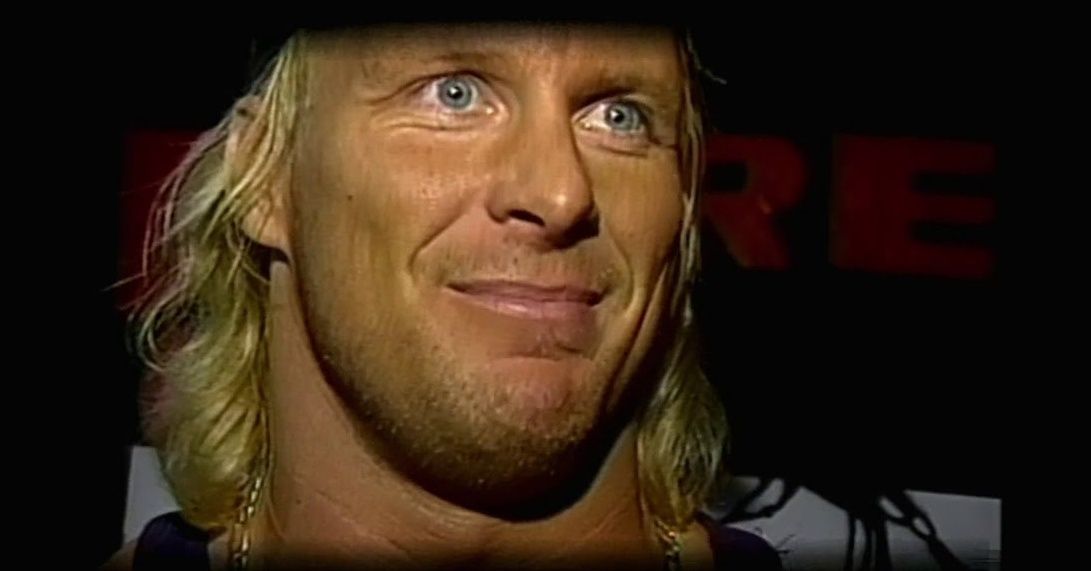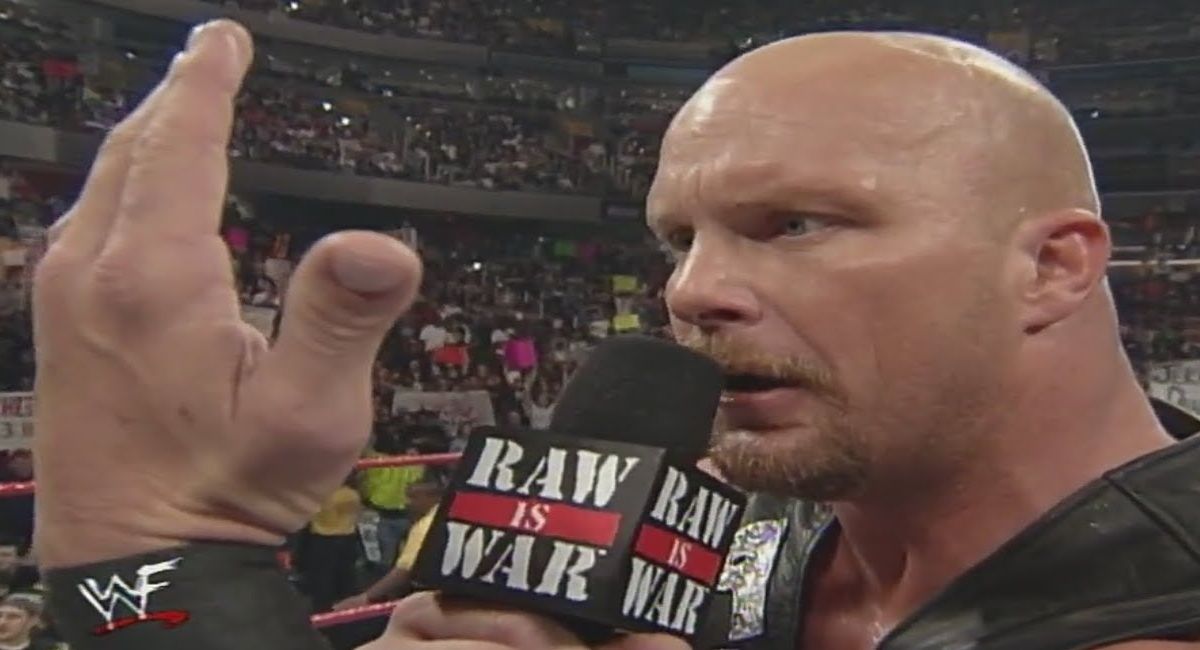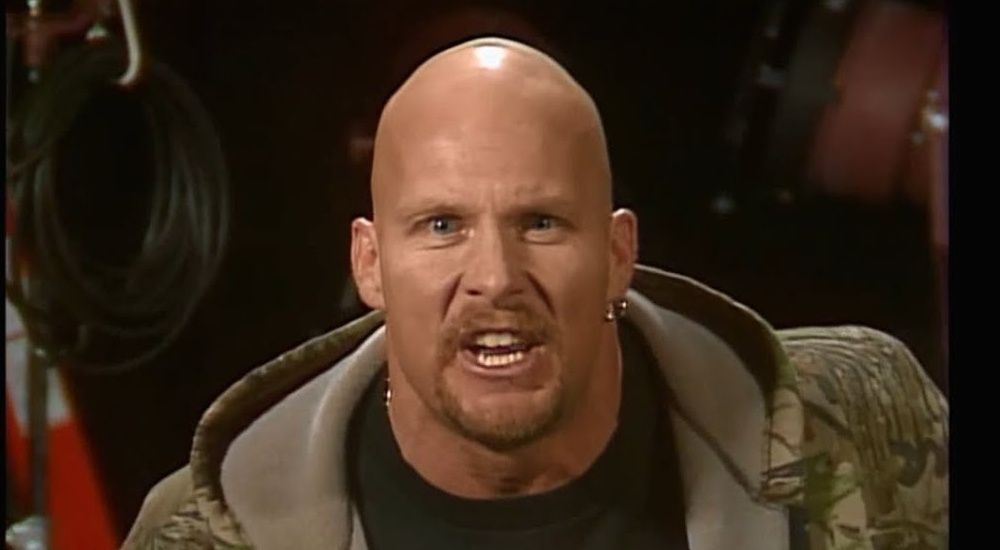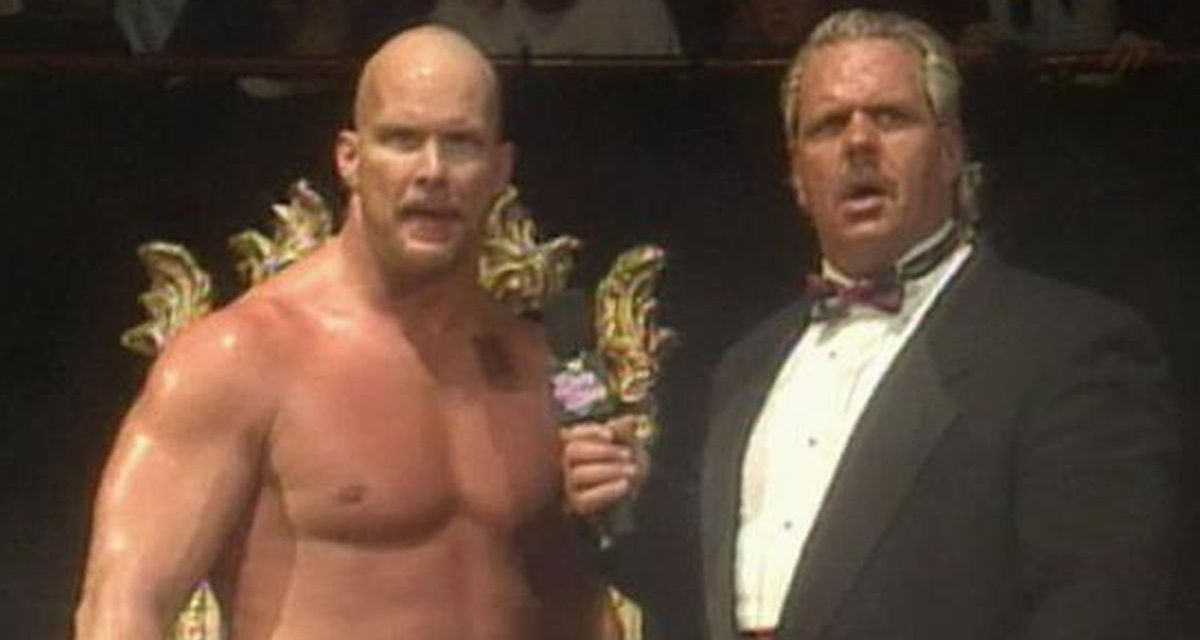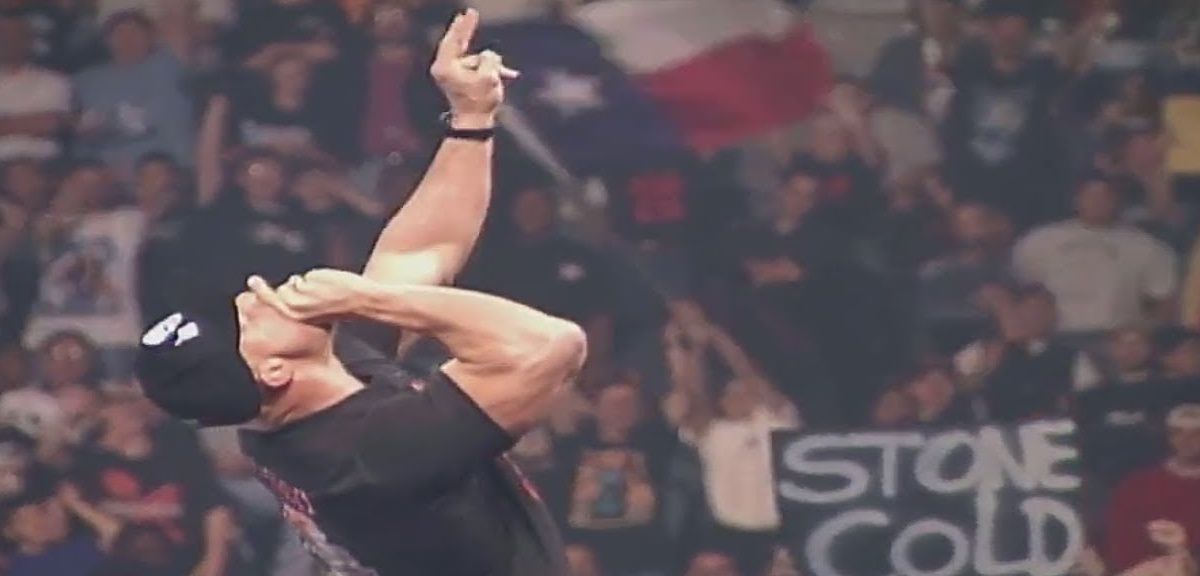The peak years of Stone Cold Steve Austin in the Attitude Era is a period in wrestling that is often celebrated, but the truth is, Austin has had many memorable and notable years in his career both within and outside of WWE.
Austin was a part of all three major American wrestling promotions during the 1990s, and the trajectory of his rise to superstardom in wrestling is a fascinating one to track. From Stunning Steve and the Hollywood Blonds to Austin 3:16 and beyond, let's take a look at the 10 best years in professional wrestling of Stone Cold Steve Austin.
10 2003
Austin's final year as an active wrestler was a short one and would ultimately end in a disappointing flicker compared to the bright flame of his glory years. Austin would return in raucous fashion to flatten Raw general manager Eric Bischoff and went on to have one last great Wrestlemania match with his rival The Rock.
After his retirement, Austin would still be a part of the show in WWE as Raw's co-general manager, an entertaining enough role for him once wrestling was off the table. Although a disappointing climax to such a beloved character in WWE, Austin's non-wrestling role would set the stage for his future involvement with the company and help to ensure that he wouldn't be forgotten so easily.
9 2000
Austin would be out for most of this year due to neck surgery, but his relatively piecemeal appearances throughout the year proved there was still gas left in the Austin truck. Austin's appearance at Backlash to aid The Rock in winning the WWE Championship yielded one of the biggest crowd reactions of the time, and upon his return, he was thrust into the heart of a mystery surrounding who had run him over with a car the year prior.
The ensuing reveal of Triple H as the mastermind behind the attack set the stage for a heated rivalry between the two that would top of the card for the months ending 2000 and beginning 2001 and helped Austin regain traction in the main event. He may not have been around as much, but Austin's presence hung heavy over the WWE, communicating that he still mattered to the landscape.
8 2001
Following his return, Austin's character would undergo drastic changes in 2001 to a decidedly mixed reaction from fans and Austin himself. Stone Cold turned heel at Wrestlemania, defeating The Rock for the WWE Championship and aligning with age-old enemy Vince McMahon. From there, Austin also banded together alongside rival Triple H with the two capturing every major title in the company.
Austin also became one of the focal points of the infamous Alliance storyline, leading WCW and ECW against WWE in a play for dominance. Despite that Austin would later admit that he found this villainous turn nonsensical and unfulfilling, it was a different and shocking change for the grizzled antihero, bringing him back to his darker roots as a main event-level bad guy.
7 1991
"Stunning" Steve Austin's first year in WCW set the tone for what was expected of the young, strapping, blonde-haired athlete at the time. Two years after his televised debut as a wrestler, Austin would claim the WCW World Television Championship and join the highly touted Dangerous Alliance stable led by Paul E. Dangerously (his later boss in ECW).
Austin would hold the title for the rest of the year and a great deal of the following, cementing his mid-card status in the company and seemingly setting up for greater things along the way. Austin's moves in the years that would follow would prove this correct, but not in any way that WCW would have ever predicted.
6 1993
Two years after his debut in WCW and further toiling in the mid-card, Austin had his banner year in the company. He established the popular Hollywood Blonds tag team with friend and tag partner Brian Pillman, leading the two to feud with names like Ric Flair and Arn Anderson and gain the tag team championships.
After an untimely Pillman injury, Austin joined Colonel Robert Parker's Stud Stable and would close out the year by winning the WCW United States Heavyweight Title. This would be Austin's most successful year on every metric in WCW, and proved that he was a solid hand in every respect for WCW's mid-card; however, Austin's career would take a much different turn soon enough and lead him away from the company onto greener pastures.
5 1995
Austin's 1995 would in some respects be one of his most demoralizing, but it was what he made of the bitterness behind his departure that would shape his entire career. Austin was fired from WCW while on the shelf and would find his way to ECW as "Superstar" Steve Austin. ECW would be the place for him to take all of his ill feelings toward WCW and channel it into an edgy character that sought to tear down the establishment, a character that would echo onto his future career in unimaginable ways.
Austin was hired by WWE in late 1995, and although it took some time for him to fully utilize the skills he honed in the land of extreme, his time there in 1995 would prove to be invaluable toward crafting a character that would resonate with millions of people worldwide.
4 1999
By the end of the 1990s, Austin was holding on tightly to the main event scene and was still ever the fixture of the Attitude Era. His continued feud with the McMahon family made for compelling and entertaining television, his Wrestlemania victory over The Rock for the WWE Championship only added to his legend, and he was also at ground zero for the formation of the next great main event heel Triple H.
Austin's year would be marred by a neck surgery taking place in November, but all before that, it was impossible to not associate WWE with Stone Cold in one form or another. 1999 was as much the cementing of Stone Cold as the wrestling star of the '90s as it was the continuation of one of the hottest main event runs in history.
3 1997
It took the Stone Cold character a while to germinate when introduced in WWE, but when he began to hit, he hit hard. 1997 was a turning point for the character as he feuded with Bret Hart, culminating in a memorable match at Wrestlemania 13 that established him as a never-say-die antihero instead of the heel he had been introduced as.
From there, Austin floated near the main event until an untimely neck injury, but even this setback would lead to opportunity as Austin's inability to wrestle led to countless segments of him antagonizing company owner Vince McMahon. This dynamic would continue to evolve throughout Austin's career, and by the end of the year, Austin was poised to be the next big star opposite Shawn Michaels. The depth of Stone Cold's imminent fame, however, would have to be seen to be believed.
2 1996
Austin has spoken about how his initial WWE identity, "The Ringmaster", was a gimmick that wouldn't get him anywhere. It was in 1996 that he adopted the "Stone Cold" nickname, and his attitude soon changed to match. It was at the 1996 King of the Ring that Austin would cut his infamous "Austin 3:16" promo, and it was this intense and scathing interview that finally got Austin to catch on with the audience.
These segments would grow over time as Austin represented a character that the wrestling audience desperately wanted more of, an edgy loner who kicked ass and took names. Stone Cold's involvement with former partner Brian Pillman and Bret Hart set him up for future success and got the ball rolling for one of wrestling's biggest stars ever.
1 1998
Finally, after so much work put in, Stone Cold became the top guy in WWE. Not just the top guy, as he won the WWE Championship at Wrestlemania XIV, but the biggest draw in professional wrestling for the era (and of all time).
His nigh-weekly classic segments with Vince McMahon and feuds with The Undertaker and Mick Foley were exactly what the wrestling audience was begging for at the time, and they ate it up to the tune of millions of dollars in merchandise and ticket sales.

